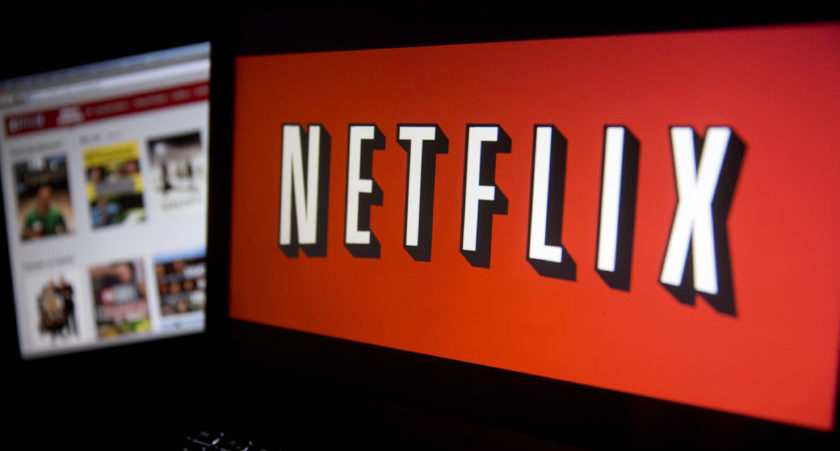M+E Connections

Analyst Doubts Disney Plus, Other New OTT Services Will Push Netflix
Story Highlights
Netflix doesn’t have a whole lot to worry about when it comes to Disney Plus, Apple TV Plus and other new over-the-top (OTT) streaming video services, according to Macquarie Research analyst Tim Nollen.
“We don’t think Disney Plus and other OTT services coming will hurt Netflix too much,” he said April 16 in a research note after Netflix reported its results for the first quarter of 2019 (ended March 31).
For one thing, Netflix continues to be increasingly reliant on its own original content. “All of its top 10 shows and 21 of its top 25 are Netflix originals,” Nollen noted.
But Nollen predicted there may be “intraquarter churn on and off these various services over time” and international subscription additions outside the U.S. “will become a bigger lever for Netflix from here.”
Netflix executives had been saying for several months they weren’t overly concerned by the arrival of Disney Plus and other new rival services, and they stuck with that position during Netflix’s quarterly results video interview for the first quarter April 16.
“Great competition makes you better and so we’re thrilled to have Apple and Disney in,” Netflix CEO Reed Hastings said, adding: “They are awesome companies and just to be in the same league as them is very exciting for us.”
There’s also already “a ton of competition out there and Disney and Apple add a little bit more, but frankly I doubt it will be material because … there’s already so many competitors for entertainment time, which is great for consumers and it’s exciting for us,” he said.
Expanding on that, Greg Peters, Netflix chief product officer, explained: “We sort of see this broad landscape of competition and our job is to think about every touchpoint that we have with the service and how can we make it incrementally more compelling. How do we connect our members with the amazing content that we’re making in a way which is new and differentiating?”
As just one specific example, Peters said, there’s a “great opportunity” when it comes to localizing Netflix content in markets outside the U.S. “Whether it’s in subtitles or dubbing and then actually explaining to our members — connecting our members with those stories in a meaningful way, which then opens up them to watch TV shows or movies from around the world, from countries that they never would have conceived of doing before,” he said, calling that a “huge example of the opportunity we have to bring this global platform to bear and the right kind of product experience to create differentiation.”
Netflix reported Q1 revenue grew to $4.5 billion from $3.7 billion a year ago, while profit increased to $344.1 million from $290.1 million. The company added 1.7 million net paid domestic subscribers and 7.9 million net paid international subscribers in Q1 as total streaming subscriber additions reached 9.6 million. Netflix expects to add about 300,000 new domestic subscribers and 4.7 million new international subscribers in Q2.
The company’s subscriber forecast was a bit below what analysts had expected, SunTrust Robinson Humphrey analyst Matthew Thornton noted in a research note April 17. He chalked at least some of that up to the company’s recent decision to increase subscription pricing.
The company boosted pricing on its U.S. subscription plans by 13-18% — its basic plan by $1 to $8.99 a month, its standard (and most popular) plan by $2 to $12.99 and its premium plan by $2 to $15.99.
Wedbush Securities analyst Michael Pachter was concerned about expected “ongoing price increases,” the increased competition for subscribers and new content, and the expected “loss of a substantial portion of Netflix’s existing content” as a result of Disney Plus and “the impending rollouts of similar services from AT&T and Comcast,” he said in a research note April 17. It’s “highly likely that content from all three companies will disappear from the Netflix platform by the end of 2020,” he said.









